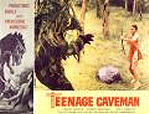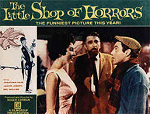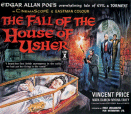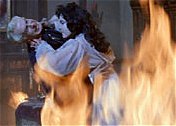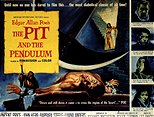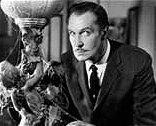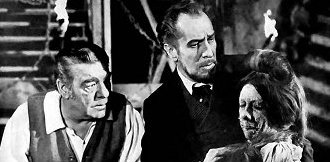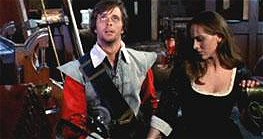 |
 |
 The Films of Roger Corman |
The horror stories of Edgar Allen Poe were the inspiration for a series of stylish colour films produced by cult director Roger Corman, a Hollywood phenomenon, a producer/director who literally churned out movies on miniscule budgets within a matter of days. His output was incredible and his low-budget productions included western, gangster, science-fiction, rock, war and biker movies with titles such as ‘She Gods of Shark Reef’, ‘Teenage Caveman’, ‘The Viking Women and the Sea Serpent’ and ‘The Little Shop of Horrors'.



